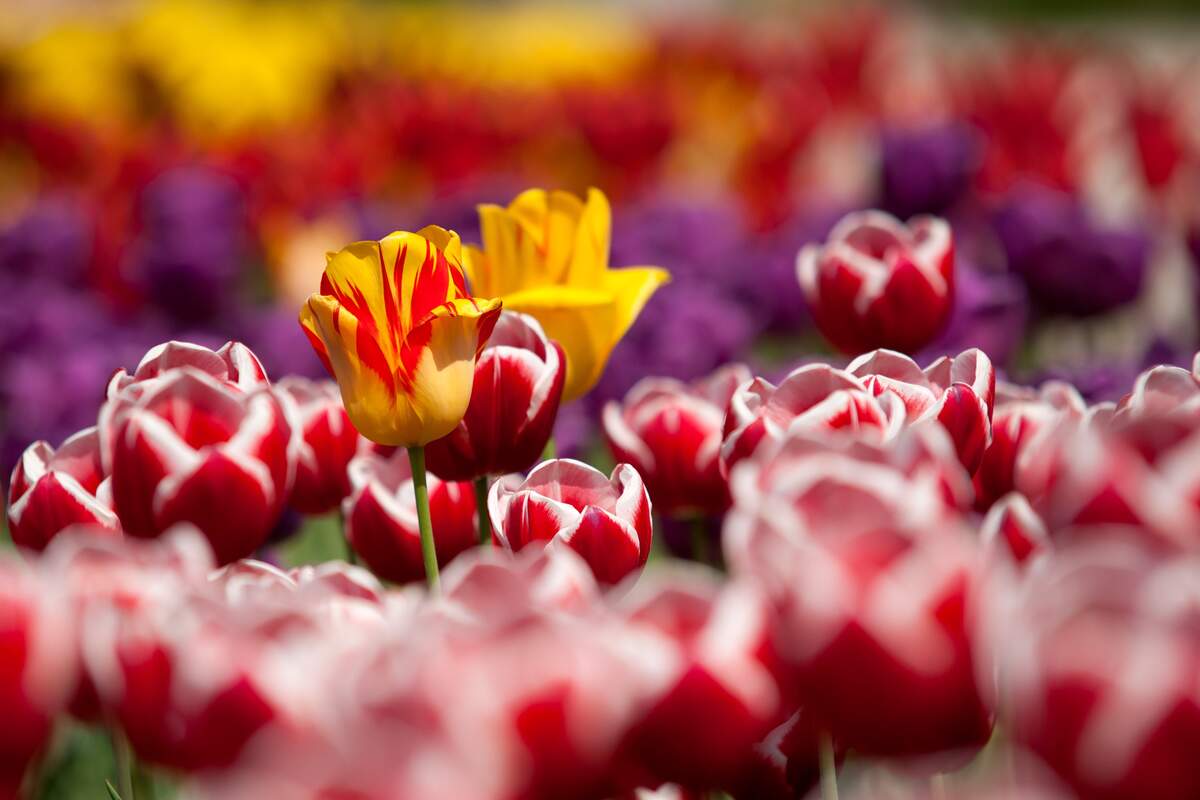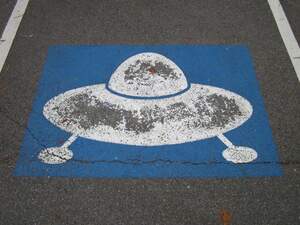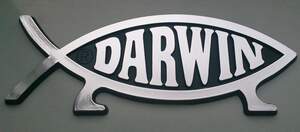

The First Day of Spring
Also known as
The Spring Equinox
The Vernal Equinox
Observed
when the Sun crosses the celestial equator from south to north
Dates
March 20th, 2023 2:24 PM
March 19th, 2024 8:06 PM
March 20th, 2025 2:01 AM
March 20th, 2026 7:45 AM
March 20th, 2027 1:24 PM
Hashtags
Sources
The First Day of Spring, also known as the Vernal Equinox or Spring Equinox, takes place when the Sun crosses the celestial equator—an imaginary line in the sky directly above the Earth's equator—from south to the north. When the spring equinox occurs in the Northern Hemisphere, the autumnal equinox occurs in the Southern Hemisphere. During this time, the sun shines directly on the Equator, and the length of day and night is nearly equal. Days continue to lengthen in the Northern Hemisphere as the Earth's axis begins to tilt toward the Sun, and days shorten in the Southern Hemisphere as the opposite occurs there. With this, spring, which is the transition period from winter to summer, is started in the Northern Hemisphere.
Spring is associated with rebirth, regrowth, and renewal. Plants spring from the ground—which gives the season its name—and blossom. Animals become more active and temperatures begin to warm. Depending on where in the hemisphere one is located, the characteristics associated with spring may begin earlier or later than the official first day of the season.
How to Observe The First Day of Spring
Celebrate the day doing something associated with spring!
- Take a walk outside.
- Ride a bike.
- Plant some flowers.
- Plot out a garden.
- Go on a picnic.
- Do some spring cleaning.
- Listen to the birds chirping.
- Get ready for Easter.
- Buy a raincoat.
- Plan a spring vacation.
- Plan a trip to a baseball game.
- Read some poems that celebrate spring.
- Watch a film that elicits a feeling of spring or takes place during it.
- Listen to some songs about spring or to George Winston's Winter into Spring.





















